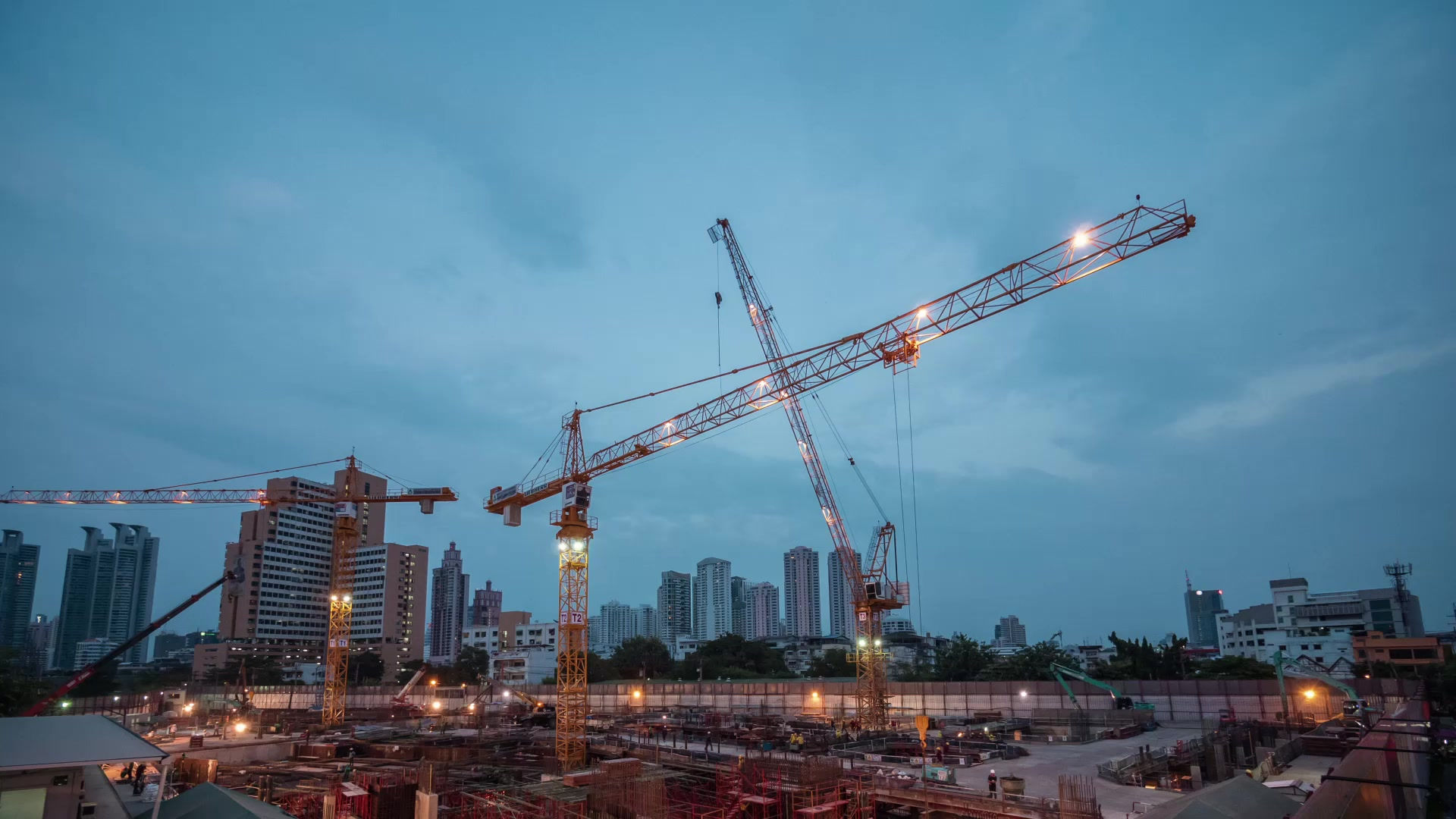Building Information Modeling (BIM) Integration in Project Scheduling: A Game-Changer in Construction
- UMP

- Oct 14, 2024
- 4 min read
Updated: Oct 21, 2024

Building Information Modeling (BIM) has transformed the construction industry by introducing a collaborative and data-driven approach to managing the entire lifecycle of a project. One of the most powerful uses of BIM is in project scheduling, where integrating BIM with scheduling processes enhances both the accuracy and efficiency of construction planning and execution. By linking 3D models with time and schedule data (known as 4D BIM), project managers can visualize and coordinate the sequence of activities more effectively, reducing errors and improving project delivery.
Key Benefits of BIM Integration in Project Scheduling
1. Enhanced Visualization of the Construction Process
One of the most significant advantages of using BIM in scheduling is the ability to visualize the entire construction process. With 4D BIM, you can create animations and simulations that show how each phase of the project will be executed over time. This gives all stakeholders—from project managers to on-site workers—a clear understanding of what will happen at each stage.
How it helps:
Provides a clear timeline of construction activities.
Reduces misunderstandings among team members regarding the construction sequence.
Facilitates better coordination between trades and subcontractors.
2. Improved Collaboration and Communication
BIM acts as a single source of truth for all project data, allowing for better collaboration among architects, engineers, contractors, and clients. By integrating the project schedule with the BIM model, teams can view real-time updates and ensure that everyone is working with the most current information.
How it helps:
Minimizes miscommunication and errors caused by outdated schedules.
Promotes transparency and accountability by allowing all stakeholders to access the same information.
Enables collaborative decision-making, reducing the likelihood of costly delays.
3. Early Detection of Scheduling Conflicts
BIM integration helps detect potential scheduling conflicts before they become serious issues. By simulating the construction process, project teams can identify clashes between different elements (e.g., structural, mechanical, and electrical systems) and resolve these conflicts early in the planning phase, avoiding costly rework later on.
How it helps:
Identifies potential bottlenecks or clashes early in the process.
Reduces the risk of project delays due to unforeseen conflicts.
Minimizes the need for last-minute changes, saving time and money.
4. Improved Risk Management
By incorporating risk analysis into the BIM-integrated schedule, project managers can anticipate and prepare for potential delays or disruptions. The model can be used to simulate different scenarios, such as changes in weather, supply chain delays, or resource constraints, helping teams develop contingency plans and adjust the schedule accordingly.
How it helps:
Provides data-driven insights for proactive risk management.
Allows teams to develop more effective mitigation strategies.
Ensures that schedules are flexible and can accommodate unforeseen changes.
5. More Accurate Resource Allocation
With BIM integration, project managers can link resources (such as labor, materials, and equipment) directly to the project schedule. This allows for more precise resource allocation and helps avoid situations where teams are either under- or over-resourced at different stages of the project.
How it helps:
Optimizes the use of resources across the project.
Prevents delays caused by resource shortages or misallocation.
Enables better planning for procurement and logistics.
BIM-Based Scheduling Methods
There are several ways that BIM can be integrated into the scheduling process, depending on the project’s needs and complexity:
1. 4D BIM (Time-Linked 3D Models)
4D BIM involves linking the project schedule to the 3D model, allowing teams to visualize the sequence of construction activities over time. As tasks are completed, the model is updated to reflect progress, giving a real-time view of the project’s status.
2. 5D BIM (Cost-Linked Models)
In addition to scheduling, 5D BIM integrates cost information into the model, allowing teams to track both time and budget as the project progresses. This helps ensure that the project stays on track both in terms of schedule and financial performance.
3. Lean Scheduling with BIM
Lean construction principles can be applied to BIM-integrated scheduling to reduce waste and optimize workflows. By aligning the schedule with Lean principles, project managers can create more efficient construction sequences, eliminate unnecessary tasks, and ensure that work is done in the most cost-effective way possible.
Case Study: BIM Scheduling in Action
A real-world example of BIM-integrated scheduling can be seen in large infrastructure projects, such as the construction of airports, hospitals, or high-rise buildings. In such projects, the complexity of coordinating multiple trades, systems, and construction phases can lead to significant delays and cost overruns.
By using 4D BIM, project teams can simulate the entire construction sequence, identifying potential clashes between systems (like HVAC, plumbing, and electrical) before construction begins. The model also helps in visualizing how different areas of the building will be constructed simultaneously, ensuring that teams are not working in each other's way and avoiding rework.
The use of BIM-integrated scheduling reduced delays, improved communication among stakeholders, and ensured that the project was completed on time and within budget.
Conclusion
Building Information Modeling (BIM) integration in project scheduling offers unparalleled benefits in the construction industry. By enhancing visualization, improving collaboration, and providing data-driven insights into potential risks, BIM-enabled scheduling solutions are transforming the way construction projects are planned and executed. Whether through 4D or 5D BIM, Lean scheduling, or early risk detection, integrating BIM with project scheduling enables teams to deliver projects more efficiently, with fewer delays, and at a lower cost.
As construction projects continue to grow in complexity, leveraging BIM for scheduling will become increasingly essential for ensuring that projects are delivered on time and within budget. By embracing these innovative scheduling techniques, construction professionals can stay ahead of the curve and achieve better outcomes for their clients and stakeholders.





Comments